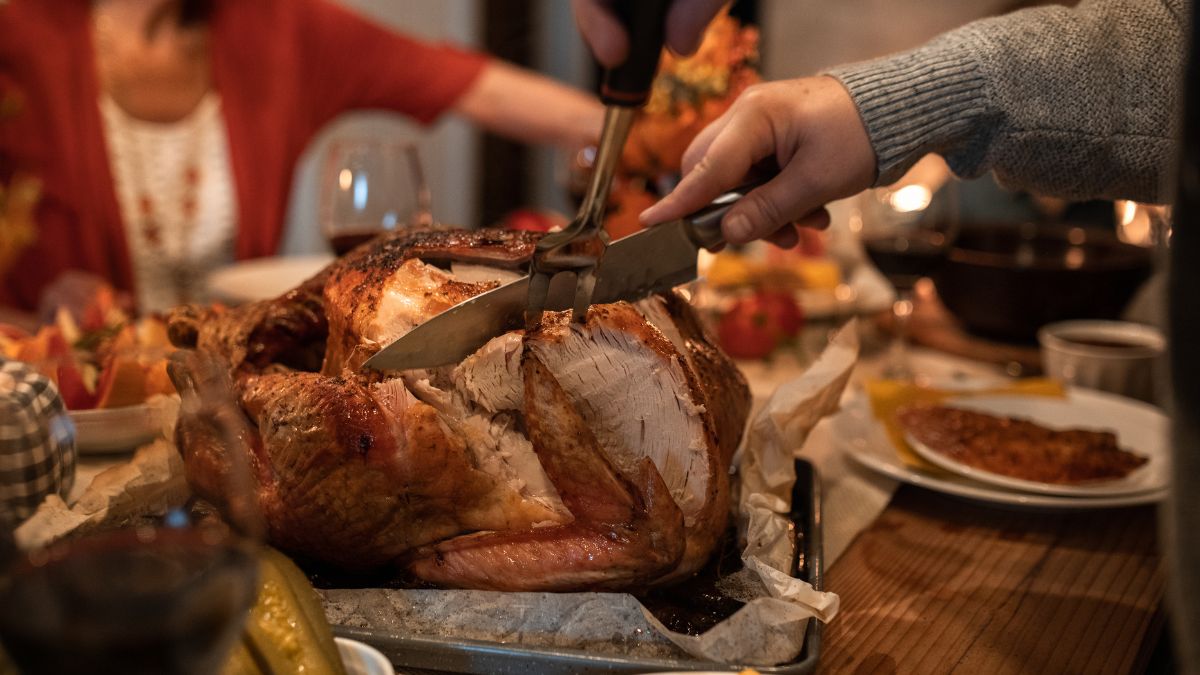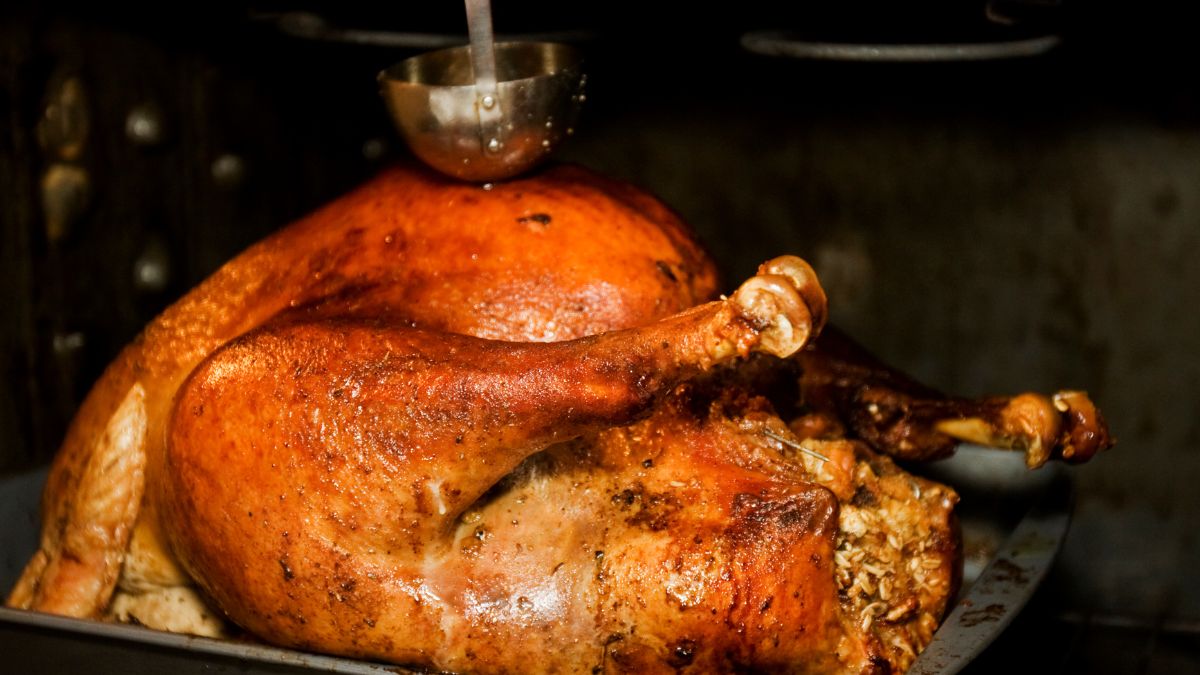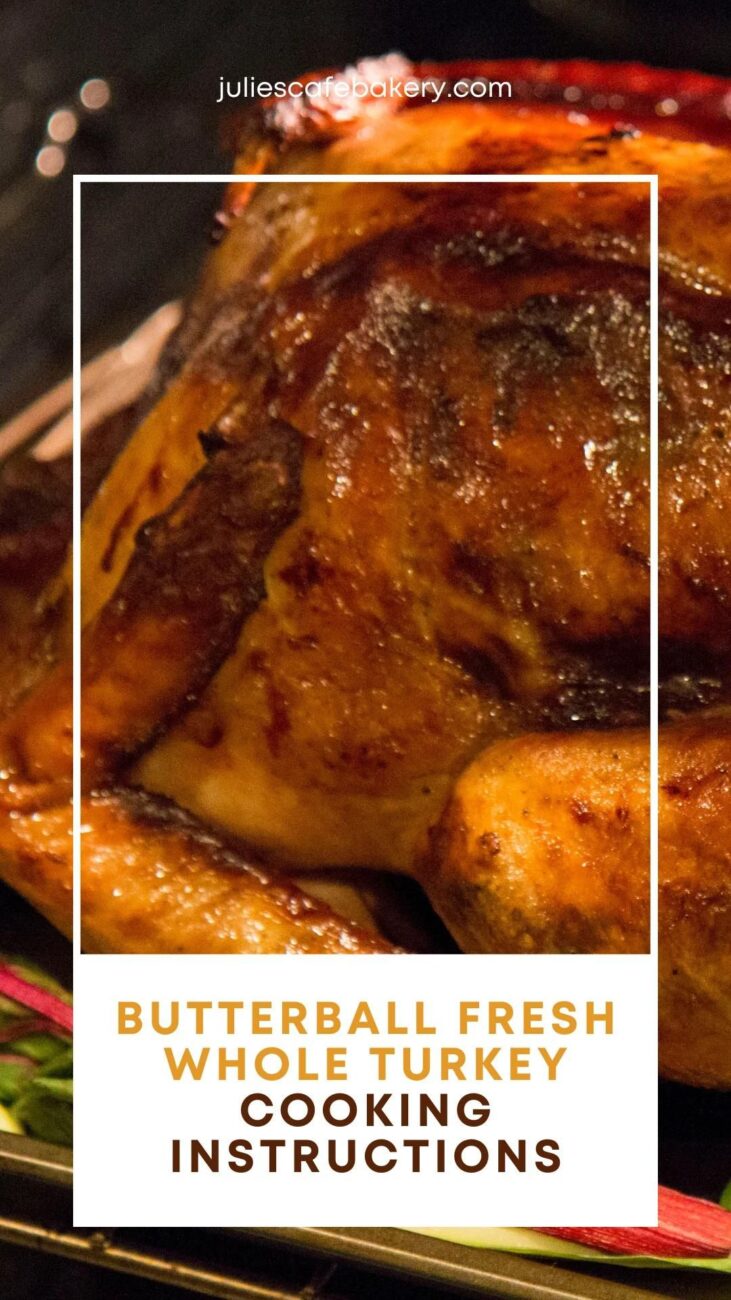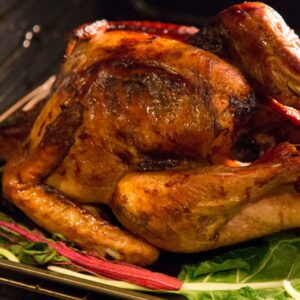How to Cook a Butterball Fresh Whole Turkey?

If you are anything like me, always eager to know where you can buy the best food and how to prepare the best meal, you already know about Butterball’s fresh whole turkey. Known as all-organic, pre-brined, and tenderized, this turkey is a delicacy, and the best thing about it is that you don’t have to be a turkey pro to turn it into a delicious meal. Still, a few aces up your sleeve can never hurt, so it’s always good to have some pointers cooking this turkey.
In this article, I’ll tell you all about cooking Butterball turkey and give you a few tips on how to serve it. So, let’s get cooking!
How to Prepare Butterball’s Turkey?
Contrary to popular opinion that preparing a turkey takes serious skill and much more than basic culinary knowledge, I beg to differ. Yes, preparing a turkey takes work, but it isn’t as complicated as it is made up to be. If you want to cook a turkey for you and your loved ones, you have to start somewhere, so why not start from here?
Below are the steps involved in cooking a delicious Butterball’s turkey. Follow them closely and you will make the turkey of the season!
Step 1: The Basics
Although it seems very basic, and you might already know the procedures involved in step 1, don’t underestimate its value because it sets the tone for the entire Butterball turkey cooking process. So, first things first, remove the packaging from the turkey and remove the neck and giblets.
You can cook your Butterball’s turkey right from frozen, you don’t have to thaw it, but I like to let it sit for about ten minutes before I start working with it.
Although rinsing the turkey isn’t recommended by the USDA, I do it after washing my hands thoroughly. Washing the turkey is to remove any packaging residue you might not see, so make sure your hands are clean and gently rinse it. [1]
Once you rinse the turkey, place it on the counter and pat it dry with a paper towel. Don’t use cotton towels for this because you risk contaminating the turkey with fiber or lint from the towel.
Step 2: Seasoning
Step two is optional but preferred, especially when it comes to Butterball’s turkey. Since the meat has been pre-brined and therefore tenderized, it is perfect for seasoning. It is receptive to spices, and it will soak in everything you add.
So, let’s see how to season this turkey. I usually go simple since the turkey is already very flavorful, and add only salt, pepper, paprika, and powdered garlic. I mix the spices with oil and gently rub the seasoning into the turkey. Then, I let the seasoning sit on the turkey for about 15 minutes before cooking it.
Here are a few more useful tips and tricks for foolproof turkey prep!
This allows the turkey to absorb the added flavors and tenderizes the meat further. While the turkey marinates in the seasoning, I usually use this time to pre-heat the oven. So, set the oven at the temperature of 375 °F, i.e., 165 °C, and wait for about 15 minutes for it to heat up.
Step 3: The Main Event
Place the turkey on a parchment-covered baking tray and position it with the breast side up. This will allow for the turkey to roast equally on all sides. For the best possible result, cover the turkey with aluminum foil.
The aluminum foil will prevent the heat from browning the skin too soon and possibly burning it. The aluminum foil will seal the heat under it, which will allow the turkey to cook both from the inside and outside, bringing the skin to a perfect crisp.
The cooking time is about 15 minutes per pound. Butterball turkeys usually weigh between 10 and 16 pounds, so bake between 150 and 240 minutes.
Cook the turkey covered the entire time, and no basting is needed because the meat will be tender, soft, flavorful, and juicy. Still, if you want to baste it anyway, you can do so by following the next step.
Step 3: Basting (Optional)

After you uncover the turkey, so after 75 or 120 minutes, respectively, it’s time to baste it. You can use a spoon or a turkey baster for this activity. Although I have both, I prefer the spoon because it’s easier to control the process, and it allows me to equally distribute the juices.
So, here, you just pour the turkey juices over the turkey. This way, the turkey will absorb the juices and become even more flavorful, juicy, and tender. Although you can skip this step, I advise you not to.

What to Serve with Butterball’s Whole Turkey?
If you ask me, serving the turkey is the best part! You can serve your Butterball’s turkey with almost anything you have in your fridge. So, starting with the classics, you can serve your turkey with all kinds of potatoes. Mashed, fried, or baked, everything goes.
You can stuff your turkey before cooking it and have it ready with the sides once you take it out of the oven. You can stuff it with corn and herbs, breadcrumbs and veggies, cranberry stuffing, just veggies, herbs, onions, and basically anything you would have on the side, just turned into stuffing.
Sauces and gravies, such as Worcestershire sauce or cranberry sauce, are always welcomed with your turkey meal. You can go as simple as making a mayo and sour cream sauce, or do something more demanding, such as marinara sauce.
Veggies, bread, pies, and salads are all great sides for your turkey. When I am particularly greedy, I roast potatoes, make a green salad, some focaccia bread, and enjoy the feast!
How to Store It?
Turkey is highly perishable food, so don’t leave it at room temperature for too long. The most common mistake people make when storing turkey is leaving it in the oven overnight, thinking that the baking has somehow prolonged its shelf-life. It doesn’t, so don’t tamper with meat safety.
Once you’re done for the day, place the Butterball’s turkey leftovers in airtight containers and either refrigerate them or freeze them, depending on when you plan on having them.
In the fridge, your turkey leftovers will be safe and sound for about four to five days, and in the freezer, they will be good for about three months. Whether you use the fridge or the freezer, make sure you seal the containers preventing air from penetrating the meat.
What do you serve with your turkey? Tell me all about it in the comments below!

Roasted Butterball Fresh Whole Turkey
Ingredients
- 1 Butterball Fresh Whole Turkey (Mine had 10 lbs.)
- 1 tbsp Olive Oil
- 1 tbsp Coarse Salt
- 1 tbsp Italian Seasoning
- ½ tbsp Paprika
- ½ tbsp Garlic Powder
- ½ tbsp Chili Powder
- ½ tbsp Pepper
- ½ tsp Cayenne Pepper
Instructions
- Rinse the turkey, place it on the counter, and pat it dry with a paper towel.
- Mix the spices with oil and gently rub the seasoning into the turkey. Then, let the seasoning sit on the turkey for about 15 minutes before cooking it.
- While the turkey is marinating in the seasoning, preheat the oven. Set the temperature at 375 °F, i.e., 165 °C, and wait for about 15 minutes for the oven to heat up.
- Place the turkey on a parchment-covered baking tray and position it with the breast side up. For the best possible result, cover the turkey with aluminum foil.
- The cooking time is about 15 minutes per pound. Butterball turkeys usually weigh between 10 and 16 pounds, so bake between 150 and 240 minutes.
- Cook the turkey covered the entire time. No basting is needed during the process because the meat will be tender, soft, flavorful, and juicy.
- After you uncover the turkey, so after 75 minutes or 120, respectively, it’s time to baste it. You can use a spoon or a turkey baster for this activity. Just pour the turkey juices over the turkey.
- And that's it! Your roasted Butterball is ready to serve and enjoy!
Nutrition
Before diving into the nutritional details, please review our Nutritional Disclaimer page for important context and clarifications.
